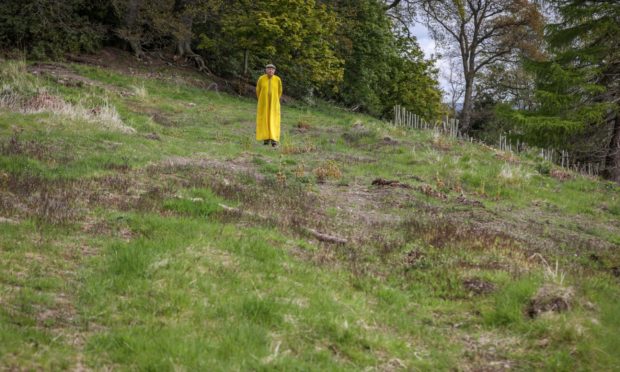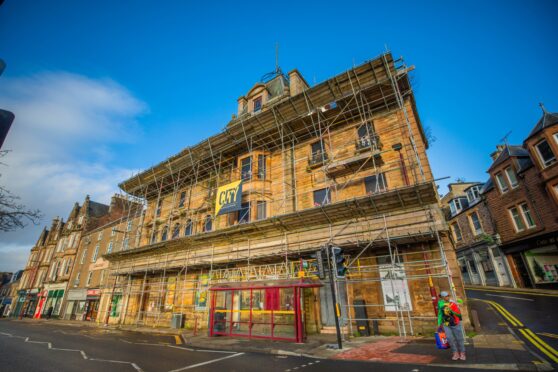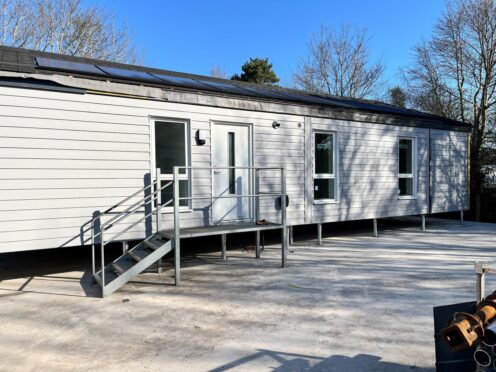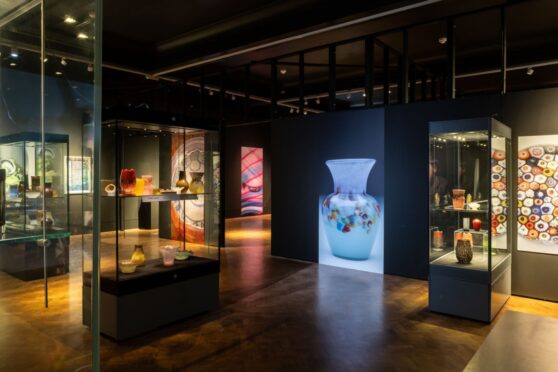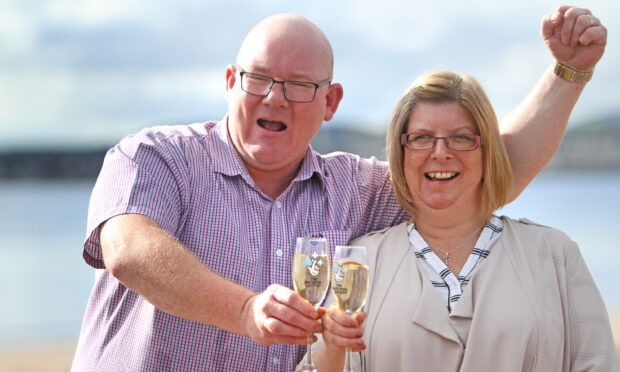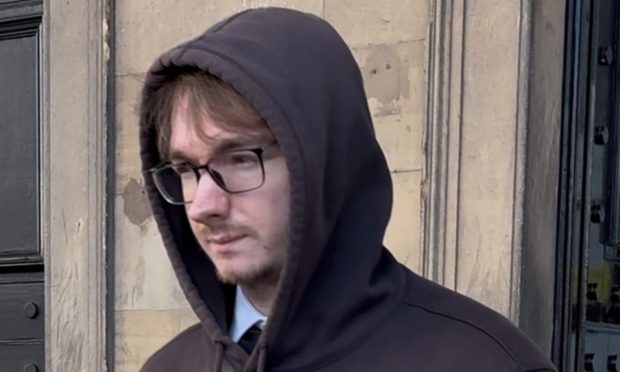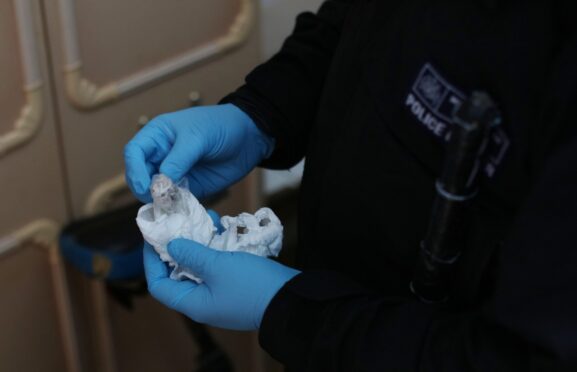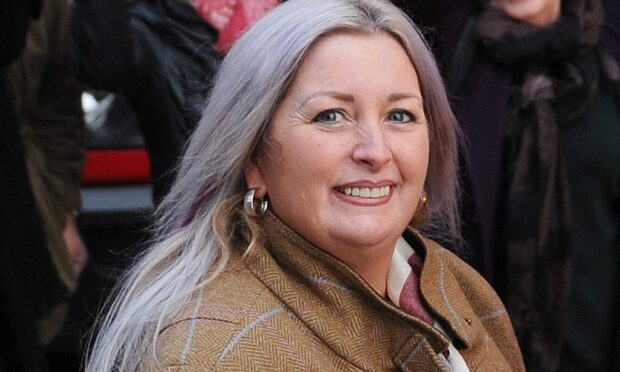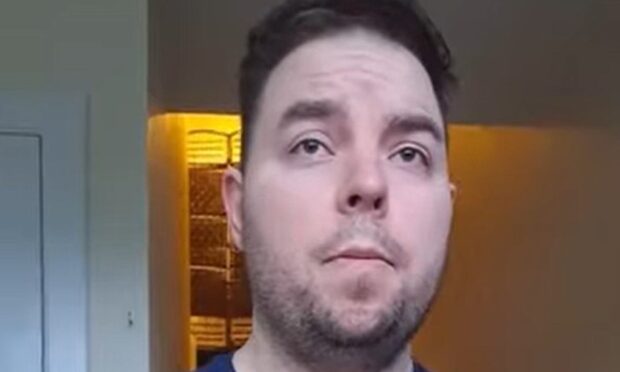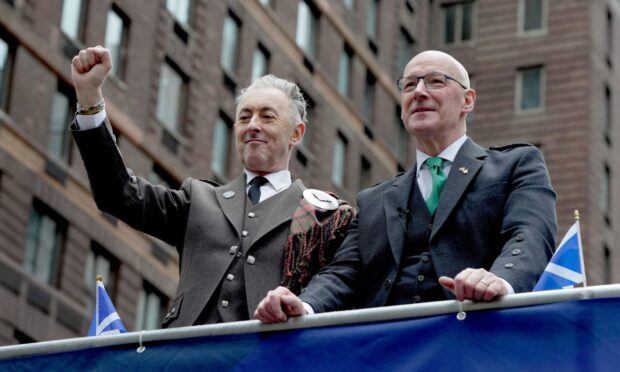The owner of an historic Perthshire castle said he is “surprised and disappointed” that his plans for a tomb-with-a-view cemetery have been thwarted by council chiefs.
Andrew Threipland has been working on an unusual bid for more than 1,000 burial plots in woodlands near his Fingask Castle home.
The plan includes a semi-underground, candle-lit chamber where relatives could keep the ashes of their loved ones.
Mr Threipland said it would be a rare example of a modern day barrow, similar to round burial sites that were common in parts of Europe around 12,000 years ago.
And he told Perth and Kinross Council it could help address a critical shortage of grave sites across the region.
But local authority planners have rejected the scheme following concerns about the amount of mourners it could bring to the remote Carse of Gowrie spot.
A planner’s report stated: “Even fairly modest levels of traffic and parking in this rural area would have a significant effect on the character of the area, especially if this resulted in overspill parking.”
The council officer accepted that the plan would have a “positive economic impact” but said this had to be balanced against “landscape harm and unsustainable travel patterns,” adding: “Taking these factors into account, an alternative and more sustainable location should be sought.”
Mr Threipland, whose family connections to Fingask date back to the 17th century, has responded to planners, asking: “Is this application timely in the current crisis?”
He said: “The planners said the rejection was for sustainability and green reasons. Burning bodies at Perth or Dundee crematorium, at between 900 to 1,200 degree centigrade for 90 minutes, produces 0.25 tonnes of Carbon Dioxide per burn.
“Our plan would save 25 tonnes of Carbon Dioxide – a small but significant contribution to Perth and Kinross’s commitment to reducing carbon.
“I hope that discussion with the planners might persuade them to change their minds.”
Rait Community Council was amongst those who raised concerns about the proposal. Chairperson Mary Laurie said a hearse and line of cars would cause “considerable blockage” on narrow country roads.
She also highlighted a lack of toilet facilities.
Mr Threipland’s original plan was lodged earlier this summer, but was withdrawn after objections. His revised proposal was submitted in July.
Last year it emerged the council’s 17 graveyards were expected to reach capacity within five to 10 years’ time.
